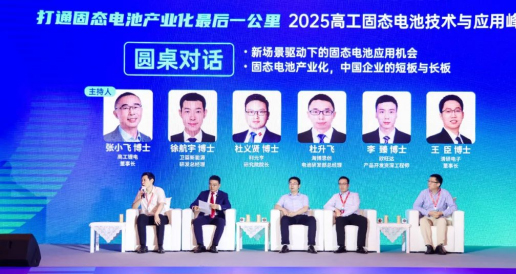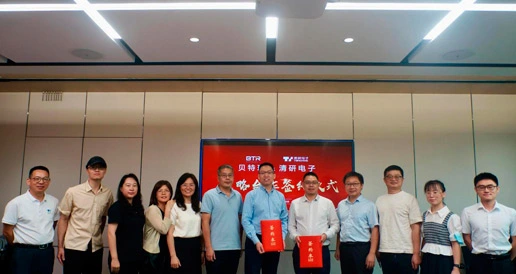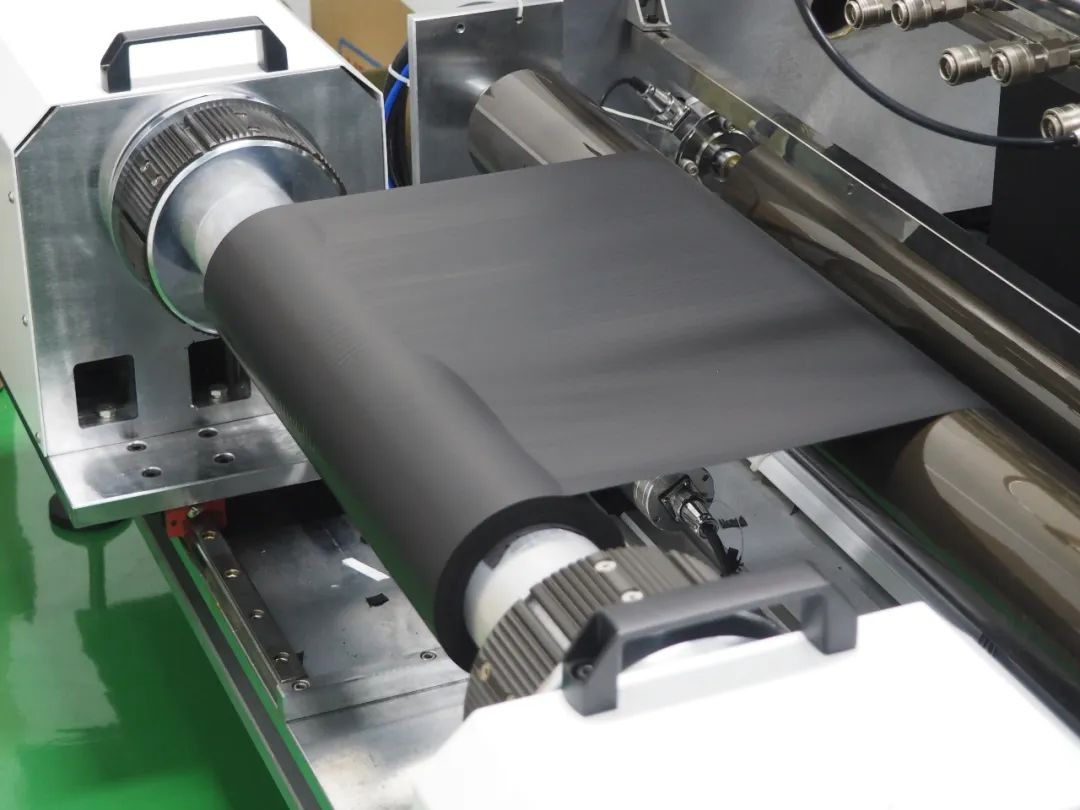Silicon anode lithium-ion batteries represent an innovative advancement in rechargeable battery technology, where the conventional graphite anode is replaced with a silicon-based material. This change aims to significantly boost the battery's energy density, offering the potential for extended runtime and enhanced performance compared to traditional lithium-ion batteries. This blog explores the role of the anode, the advantages of silicon, the challenges associated with its use, and the ongoing research efforts to unlock its potential, providing insights into the future of battery technology.
The anode in a lithium-ion battery serves as the negative electrode, where oxidation occurs during discharge, resulting in the loss of electrons. During this process, lithium ions are released from the anode and travel through the electrolyte to the cathode, the positive electrode, generating the electric current that powers devices. The anode's material composition is critical to the battery's overall performance, influencing its capacity to store and release lithium ions efficiently, which directly impacts energy density and battery life.
Silicon is an attractive alternative to graphite due to its exceptionally high theoretical capacity for storing lithium ions. Compared to graphite, silicon can hold significantly more charge, enabling batteries with greater energy density and the potential for longer operational times. This increased capacity makes silicon anodes a promising candidate for applications requiring compact, high-performance batteries, such as electric vehicles and portable electronics, where maximizing energy storage within limited space is a priority.
Silicon anodes offer substantial advantages over their graphite counterparts, primarily due to their ability to store a much larger amount of energy. This higher energy density allows for the development of smaller, lighter batteries with equivalent power or batteries of the same size with significantly longer runtimes. Additionally, by accommodating more lithium ions, silicon anodes have the potential to extend battery life, reducing the frequency of recharges and enhancing user convenience, making them a compelling choice for next-generation energy storage solutions.
Despite their promise, silicon anodes face significant hurdles that must be addressed for widespread adoption. One major issue is the substantial volume expansion—up to 400%—that occurs when silicon absorbs lithium ions during charging. This expansion can cause cracking and pulverization of the anode material, potentially damaging the battery's structure and reducing its lifespan. Another challenge is the degradation of the solid electrolyte interphase (SEI) layer, a protective coating on the anode, which can be disrupted by volume changes, impairing battery performance and longevity. Additionally, silicon is more expensive than graphite, and the complex manufacturing processes required for silicon anodes increase production costs, posing economic barriers to commercialization.
Researchers are actively working to overcome the challenges associated with silicon anodes through innovative approaches. Utilizing silicon in nanoscale forms, such as nanoparticles or nanowires, helps mitigate the effects of volume expansion by reducing mechanical stress on the material. Creating composite anodes by combining silicon with materials like carbon enhances stability and electrochemical performance, offering a more durable solution. Additionally, integrating solid-state electrolytes, which provide better compatibility with silicon anodes, shows promise for improving overall battery efficiency and safety, paving the way for practical implementation in advanced battery systems.
Silicon anode lithium-ion batteries hold immense potential to revolutionize energy storage by delivering higher energy density and longer battery life compared to traditional graphite-based batteries. While challenges like volume expansion, SEI degradation, and higher costs remain, ongoing research into nanomaterials, composite structures, and solid-state electrolytes is addressing these issues, bringing silicon anodes closer to commercial viability. As these advancements progress, silicon anode batteries are poised to power the next generation of electric vehicles, portable electronics, and beyond.
 Discussing New Opportunities of Dry Electrode Technology in Solid-State Battery Industry – Dr. Wang Chen from Tsingyan Electronics Attends 2025 Gaogong Lithium Battery Summit
Discussing New Opportunities of Dry Electrode Technology in Solid-State Battery Industry – Dr. Wang Chen from Tsingyan Electronics Attends 2025 Gaogong Lithium Battery Summit
 New-Quality Productivity! Reach a Strategic Cooperation with BTR to Integrate and Develop the Dry Electrode Industry Chain and Innovation Chain.
New-Quality Productivity! Reach a Strategic Cooperation with BTR to Integrate and Develop the Dry Electrode Industry Chain and Innovation Chain.
 A Review of Lithium-ion Battery Electrode Drying
A Review of Lithium-ion Battery Electrode Drying